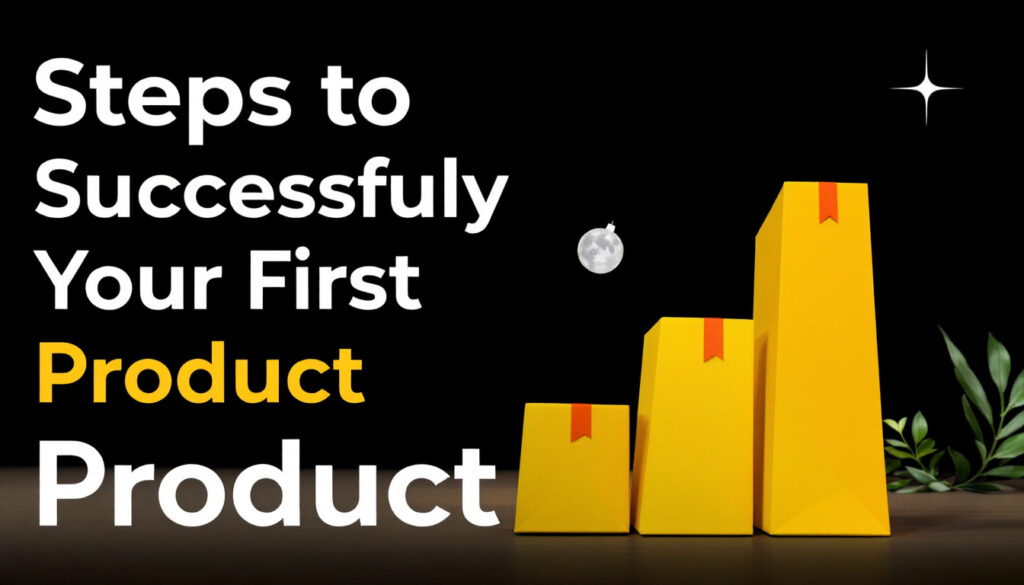Step-by-Step Guide to Listing Digital Products on Amazon KDP in 2025
Amazon KDP continues to thrive as a go-to platform for aspiring and seasoned creators of digital content. Its simplicity and global reach have made it a preferred choice for those looking to share their work with a worldwide audience. Whether you’re publishing an eBook, a journal, or other digital products, Amazon KDP offers an accessible way to maximize your visibility and sales potential “Digital Products Amazon KDP”. Understanding Amazon KDP Selling digital products has become increasingly accessible, thanks to platforms like Amazon Kindle Direct Publishing (KDP). Understanding how KDP operates is essential for creators looking to tap into Amazon’s vast audience and streamline the process of publishing digital content. What is Amazon KDP? Amazon KDP, or Kindle Direct Publishing, is Amazon’s independent publishing platform designed for authors, entrepreneurs, and content creators. It empowers individuals to publish digital products, such as eBooks, without requiring a traditional publishing house. This self-publishing model is especially beneficial for beginners, offering a user-friendly interface and comprehensive tools to guide them through the process. You can upload your manuscript, design a cover, set pricing, and reach a global Amazon audience—all from one central hub. For individuals venturing into self-publishing for the first time, KDP simplifies complex tasks. Its step-by-step publishing dashboard minimizes the learning curve, making it possible to publish and start earning royalties with minimal technical skills or upfront costs. Key Benefits of Selling Digital Products on Amazon KDP Amazon KDP extends significant advantages that make it a preferred choice for creators. Below are some of the key benefits: KDP is an indispensable tool for anyone aiming to sell digital products efficiently and profitably. Through its innovative approach to publishing, Amazon has empowered countless creators to transform their ideas into income. Without the need for intermediaries or large investments, KDP democratizes content distribution, giving individual creators the tools they need to succeed. Preparing Your Digital Product for Amazon KDP Preparing your digital product for Amazon Kindle Direct Publishing (KDP) is one of the most critical steps in successfully listing and marketing your creation. Your preparation sets the foundation for everything from content compatibility to design appeal. Below are key areas to focus on when getting your product ready for KDP. Choosing the Right Format and Dimensions Amazon KDP supports specific formats and dimension requirements for digital submissions. Ensuring your file complies with these guidelines is essential for a smooth upload process and a quality end-user experience. Amazon also provides a comprehensive guide for formatting submissions, ensuring creators avoid unnecessary delays during uploads. Optimizing Your Content for eBook Readers Digital readers have different consumption habits compared to physical book readers. Content optimization ensures your eBook resonates well across platforms and devices. Poor formatting can lead to negative reviews and refunds. This article explains additional ways to enhance digital readability and boost user satisfaction. Designing an Eye-Catching Cover Your cover is the first impression readers have of your product. A compelling, professional design can be the difference between a sale and a missed opportunity. An appealing cover markets your product before a reader spends even a second exploring your content. For practical tips, this guide provides actionable design advice specific to the KDP platform. By tailoring your format, content, and cover design to Amazon KDP’s specifications, you can position your digital product for success. Each element contributes to both the professional quality of your listing and the user satisfaction of your readers. How to List Your Digital Product on Amazon KDP Amazon KDP is a powerful platform that makes it easy to publish and distribute digital products. Whether you’re a seasoned author or a beginner, the steps to list your content on this platform are straightforward. This section provides a detailed breakdown of the process, covering everything from account setup to pricing strategies. Creating an Amazon KDP Account The first step to publishing your digital product is creating an Amazon KDP account. Thankfully, the process is clear and doesn’t take long. Here’s how you can get started: Completing these steps properly ensures you get paid on time and comply with local tax laws. Uploading Your Digital Product Once your account is ready, the next step is to upload your digital product. Amazon KDP provides user-friendly tools, but meeting their file requirements is essential. Follow these steps for a smooth upload process: After uploading, use the “Print Previewer” to review and approve the visual formatting. Ensuring consistency across devices is key to a positive reader experience. Setting Product Pricing and Royalties One of the most critical decisions in listing your product is deciding on its price and royalty structure. Amazon KDP offers flexible options tailored to various goals: Amazon calculates royalties after deducting applicable delivery costs and taxes. Regularly review your sales data and tweak pricing to stay competitive while maximizing revenue. By following these steps to set up your account, upload your digital product, and establish a pricing structure, you’re well on your way to successfully listing a product on Amazon KDP. This streamlined process ensures your data is secure, your file meets platform standards, and your product is ready for a global audience. Optimizing for Success on Amazon KDP Listing your digital product on Amazon KDP is just the beginning. To achieve sales success, optimization is crucial. Each element of your KDP listing—from the title to promotional strategies—can make or break your product’s visibility and sales potential. Let’s dive into actionable strategies to help you stand out in a competitive marketplace. Keyword Research and SEO for Titles Your title is more than just a name; it’s your first chance to attract readers. It’s essential to incorporate targeted keywords to increase visibility in Amazon’s search results. For advanced tips, check out the article Mastering Amazon KDP: 5 Tips for Self-Publishing Success to unlock more insights about crafting keyword-optimized titles. Writing an Engaging Product Description An engaging product description serves as your sales pitch. While the title attracts readers, the description convinces them to make a purchase. For metadata optimization, read 7 Secrets to Dominating Amazon’s KDP










